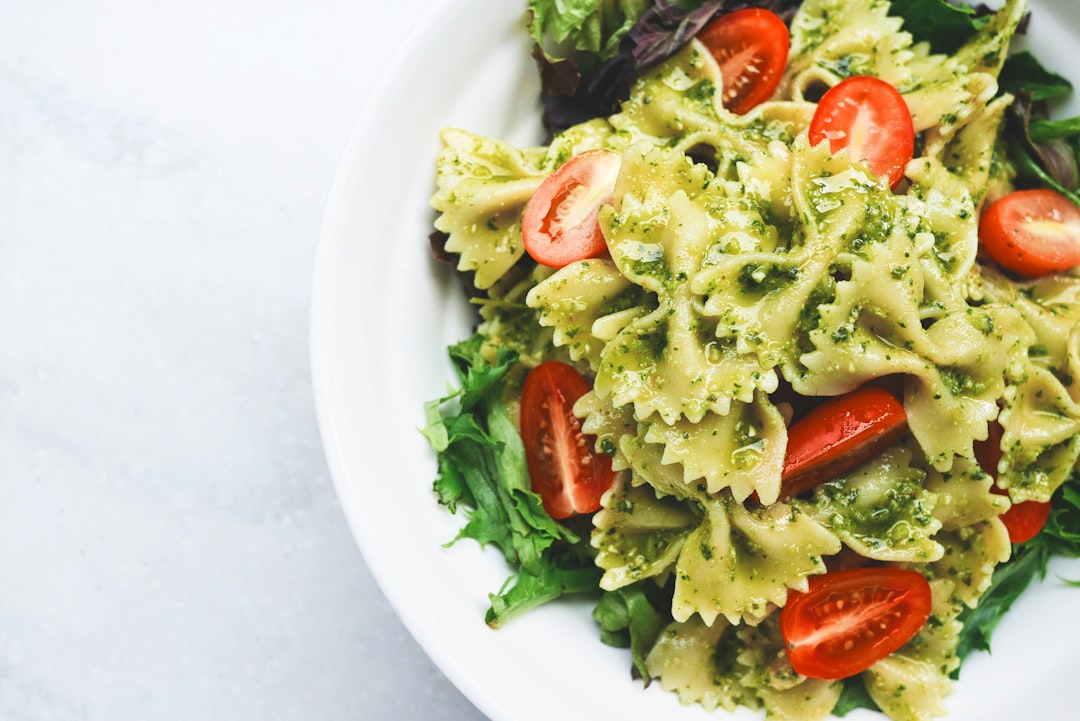
A Foodie’s Guide to Local Cuisines: Discovering Culinary Gems Around the World.
# Introduction. Exploring local cuisines is one of the most delightful ways to experience a new culture. Each region brings its unique flavors, ingredients, and cooking techniques that tell stories of tradition, history, and innovation. This guide aims to take you on a culinary journey through some of the world's most iconic local cuisines, offering insights into what to taste, where to find it, and how to appreciate the cultural significance behind the dishes. # 1. Italian Cuisine: A Taste of Tradition. Italian cuisine is synonymous with flavor, love, and tradition. Each region offers its specialties; from the rich pastas of Bologna to the seafood of Sicily. Start your culinary adventure in Tuscany, where you can indulge in ribollita, a hearty vegetable soup, and taste the famous Chianti wines. In Naples, savor the original pizza Margherita, made with fresh tomatoes and mozzarella. Italian cuisine emphasizes quality ingredients and family recipes, creating a warm and inviting dining experience. # 2. Thai Cuisine: A Symphony of Flavors. Thai cuisine is renowned for its balance of sweet, sour, salty, and spicy flavors. Essential ingredients include fresh herbs, seafood, coconut milk, and rice. Venture to the bustling streets of Bangkok, where you can sample street food staples like pad thai and som tam (papaya salad). Don't miss trying khao soi in Chiang Mai, a rich coconut curry noodle soup. Coupled with traditional Thai hospitality, the dining experience is one not to be missed. # 3. Mexican Cuisine: A Celebration of Heritage. Mexican cuisine, recognized by UNESCO as an Intangible Cultural Heritage of Humanity, is vibrant and diverse. The cornerstone of many dishes is corn, which features prominently in tortillas and tamales. From flavorful tacos in Mexico City to the rich mole sauces of Oaxaca, each dish tells a story of cultural fusion and tradition. Be sure to try local favorites like cochinita pibil and chiles en nogada, which represent the heart and soul of Mexican culinary culture. # 4. Indian Cuisine: A Mosaic of Flavors and Spices. Characterized by its rich use of spices and herbs, Indian cuisine offers a diverse array of regional dishes, each with unique flavor profiles. In the north, indulge in creamy butter chicken and naan, while southern India boasts spicy fish curries and dosa, a thin rice crepe. Don't forget to experience street food in cities like Mumbai, trying pani puri or vada pav. The complexity of flavors in Indian cuisine reflects the country's rich history and cultural diversity. # 5. Japanese Cuisine: An Artful Experience. Japanese cuisine is a brilliant balance of aesthetics and taste, emphasizing seasonal ingredients and precise presentation. Start your culinary journey with sushi in Tokyo, where you can enjoy the freshest fish. As you explore further, try traditional dishes such as ramen, tempura, and kaiseki, a multi-course dining experience that showcases the chef’s artistry. Exploring local izakayas (Japanese pubs) is also a great way to socialize and enjoy delicious small dishes. # 6. Middle Eastern Cuisine: A Cultural Mosaic. Middle Eastern cuisine is as diverse as the countries it represents, with flavorful dishes that include hummus, falafel, shawarma, and kebabs. Each country has its specialties; for instance, Lebanese cuisine often emphasizes fresh vegetables and spices, while Iranian cuisine focuses on fragrant rice and slow-cooked stews. The communal dining experience is an essential aspect of Middle Eastern culture, making meals a joyous and festive gathering. # Conclusion. Embarking on a culinary adventure through local cuisines offers unforgettable experiences that go beyond mere sustenance. Each dish reflects a rich tapestry of cultural history, and savoring these flavors is like tasting the very essence of a place. As food continues to be a universal language, the connections made over a shared meal can create lasting memories and deepen our understanding of diverse cultures. .







